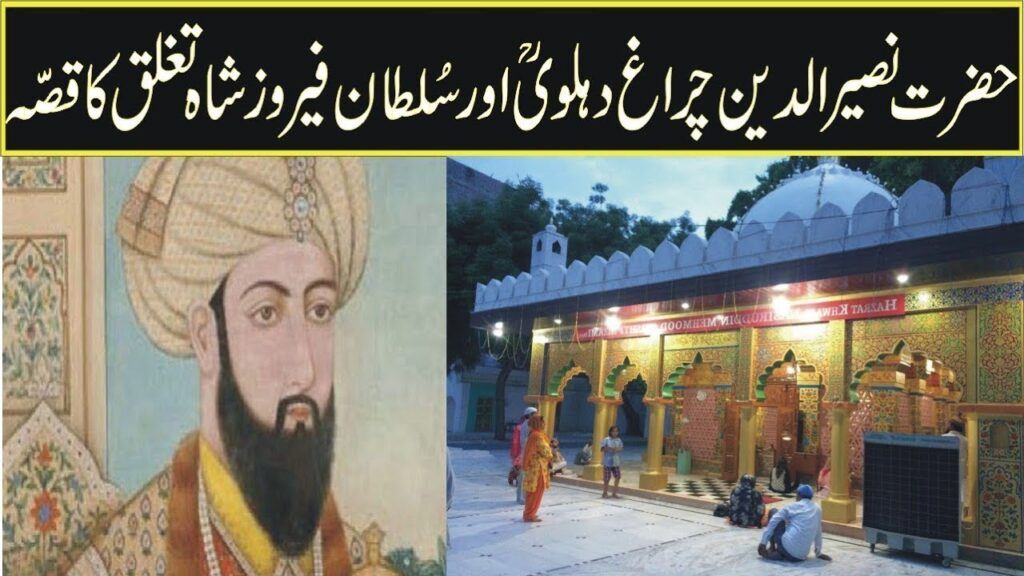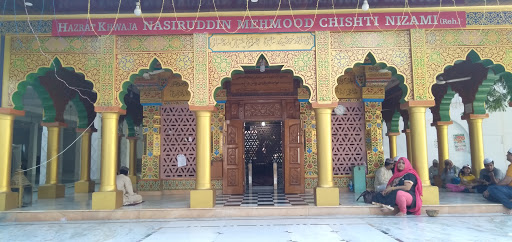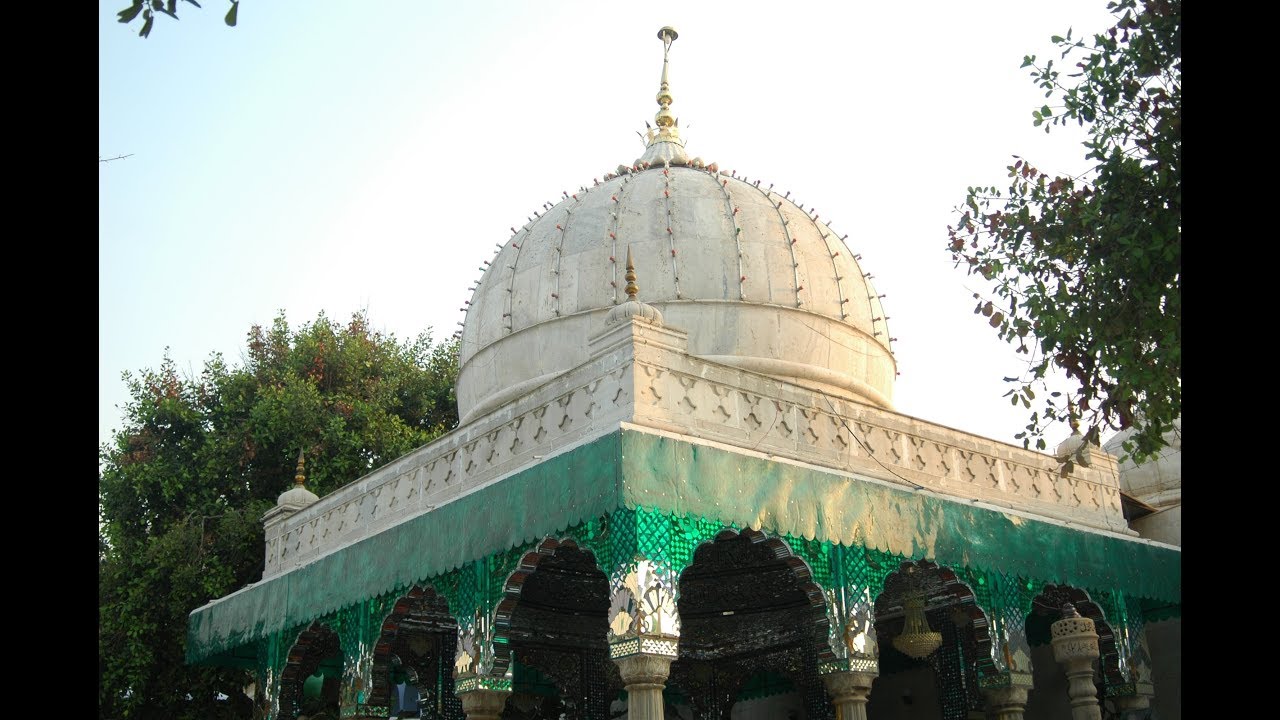Next station is Chirag Delhi. अगला स्टेशन चिराग दिल्ली है | We have all heard this line at some point or the other while travelling in the Delhi Metro. Owing to the fast paced life we are compelled to have, most of us probably haven’t paid attention to this station and why it is called thus. Like many places in Delhi, this one too has a unique history.
Chiragh Delhi acquired its name from an early 14th century Sufi mystic Hazrat Nasiruddin Mahmud Chiragh Dehlavi. At the age of forty, he left Ayodhya for Delhi and became a disciple, and later the successor of the Sufi Saint Nizamuddin Auliya. His followers called Dehlavi ‘Roshan Chirag-e-Delhi’ which in Farsi means Illuminated Lamp of Delhi.

Source: Youtube
Chirag Delhi was built under the aegis of the Mughal emperor Muhammed Shah ‘Rangeela’ and the village grew around the tomb of Roshan Chirag-e-Delhi in the 1800s and continues to go by his name.
A legend records some masons working on building the Tughlaqabad fort who approached Hazrat Nizamuddin Auliya for building a well. When the emperor came to know that they were working on the fort during the day and digging the baoli (stepwell) at night, he was enraged and denied the supply of oil to them. The masons went to Hazrat Nizamuddin for a solution, who directed them to his disciple Nasiruddin Mahmud for a solution. Mahmud asked them to use the baoli water to light the lamps in order to continue working. The water actually lit the lamps and when Tughlaq saw it, he bowed to the saint in reverence.

Today, although modern buildings have replaced the older structures, this modern village still inculcates a number of old houses: Mughal havelis and colonial structures. Along with Khirki village, this forms one of Delhi’s oldest neighbourhoods, dominated by some interesting structures including both religious as well as secular ones from as far back as the fourteenth century. For example, there is the venerated Dargah of Chiragh-e-Delhi himself, and also the tomb of Bahlol Lodi, the first of the Lodi sultans.

Source: Wikipedia
However, time and neglect has had its toll on the beauty of this village in Greater Kailash. Today, only one of three gateways which surround this old village is intact while the others are falling apart. Dirty and ineffective sewage systems further add to its decay. A thirteen-minute walk from Chirag Delhi metro station leads to this historical place drowning in myths and legends and cursed by the tyranny of time.




